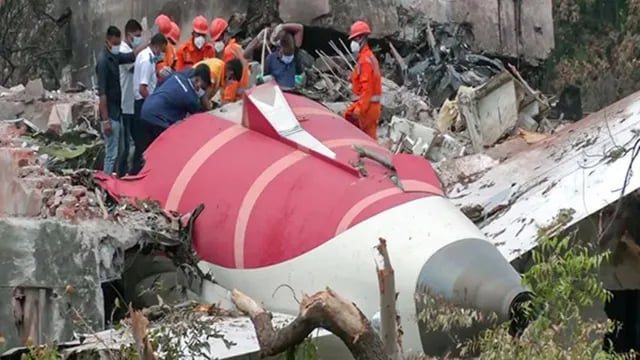Preliminary AAIB Report of Air India Plain Crash: Fuel Switch Misstep Behind June 12 Air India Crash
LATEST NEWS


Ahmedabad Crash: Fuel Switch an Error Blamed for Air India Boeing 787 Tragedy near Ahmedabad.
July 12, 2025, New Delhi — The Aircraft Accident Investigation Bureau (AAIB) has released its 15-page preliminary report on the June 12 Air India Boeing 787-8 (Flight AI‑171) crash near Ahmedabad, which resulted in 260 fatalities—229 onboard, 31 on the ground—and only one survivor
Main Key Findings:
At 08:08:42 UTC, both engine fuel supply switches unexpectedly switched from RUN to CUTOFF just after acceleration to 180 knots—within a 32-second window from takeoff
Cockpit audio captured one pilot asking, “Why did you cut off?” while the other responded, “I didn’t,” highlighting pilot confusion
The Ram Air Turbine (RAT) deployed automatically upon engine failure, but efforts to relight fuel were only partially successful—Engine 1 attempted restart; Engine 2 did not respond, and the aircraft lost altitude
No evidence was found of bird strike, weather issues, or fuel contamination. Investigation is now examining whether this was human error, mechanical defect, or deliberate action
A 2018 FAA advisory flagged potential issues with Boeing 787 fuel switch locks, but no mandatory inspections followed
Both flight recorders (FDR & CVR) were recovered and decoded in India, with international experts from Boeing, GE, and NTSB assisting
Why This Matters in todays gengeration
Safety implications: Highlighting vulnerabilities in cockpit design and emergency protocols—fuel switches shouldn’t be accessed mid-flight.
Pilot training & procedures: The crew's reaction under crisis is under scrutiny; protocols may need updates.
Regulatory review: DGCA has ordered enhanced inspections of Boeing 787 fleets in India; broader industry oversight may follow
Pending full report: A final investigation, due mid-2026, will determine if it was pilot error, mechanical failure—or something else.
Takeaways for Readers
This incident may lead to swift changes in cockpit standard operating procedures (SOPs) and design improvements.
Crew confusion reflects the need for better simulator-based emergency drills.
Regulatory bodies may enforce mandatory inspections for similar aircraft systems.